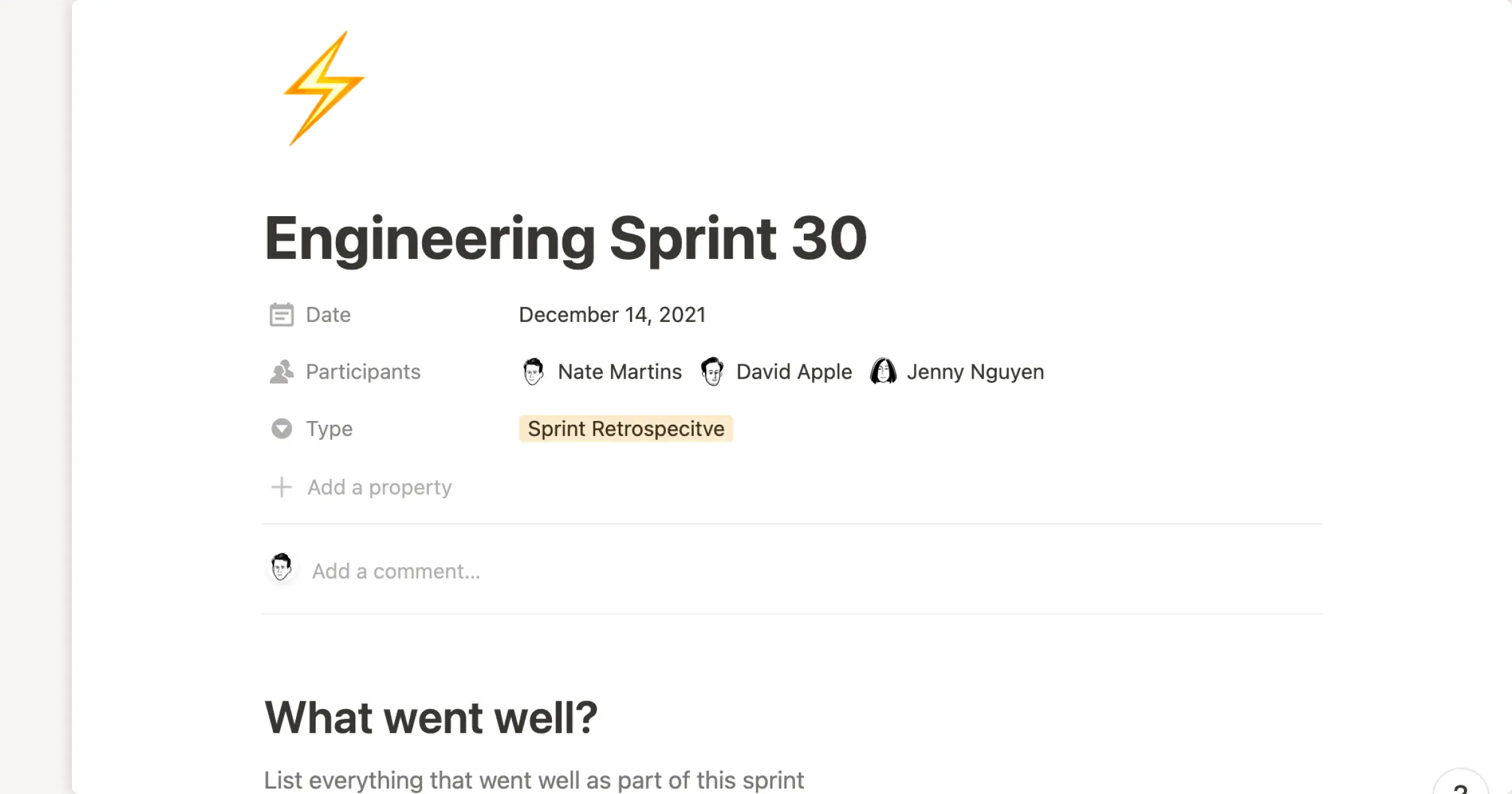Requirement Specification

템플릿 설명
Instructions (each tab of the tables could serve to keep traceability inside the sections. Also, this helps to show the history):
1. Substitute the logotype or name of the Company with the company's information.
2. Fill the information on the right table with the information about the project.
3. The Version History section includes a register of the changes on the template, and every change made to the format must be reviewed, approved, and registered in the table.
4. The Requirement Specification Template Contains the following sections:
a. Requirements.
i. # (Requirement ID).
ii. Type of requirement (Functionality, reliability, design and construction limitations or restrictions, efficiency, external interfaces, functionality, interoperability, legal and regulatory, maintainability, portability, reuse, user interface) types taken from ISO/IEC 25010.
iii. Status (Not started, in progress, baselined, verified, and validated).
iv. Estimated time.
v. Real time.
vi. Estimated cost.
vii. Real cost.
b. Requirement Description.
i. Requirement ID.
ii. Name of the requirement.
iii. Version.
iv. Dependencies.
v. Precondition.
vi. Description.
vii. Normal sequence.
viii. Post-condition.
ix. Exceptions
c. Sign section.
i. Sign of the responsible person who completes the elaboration of this format.
ii. Sign of the Vo. Bo.
iii. Client Sign.











